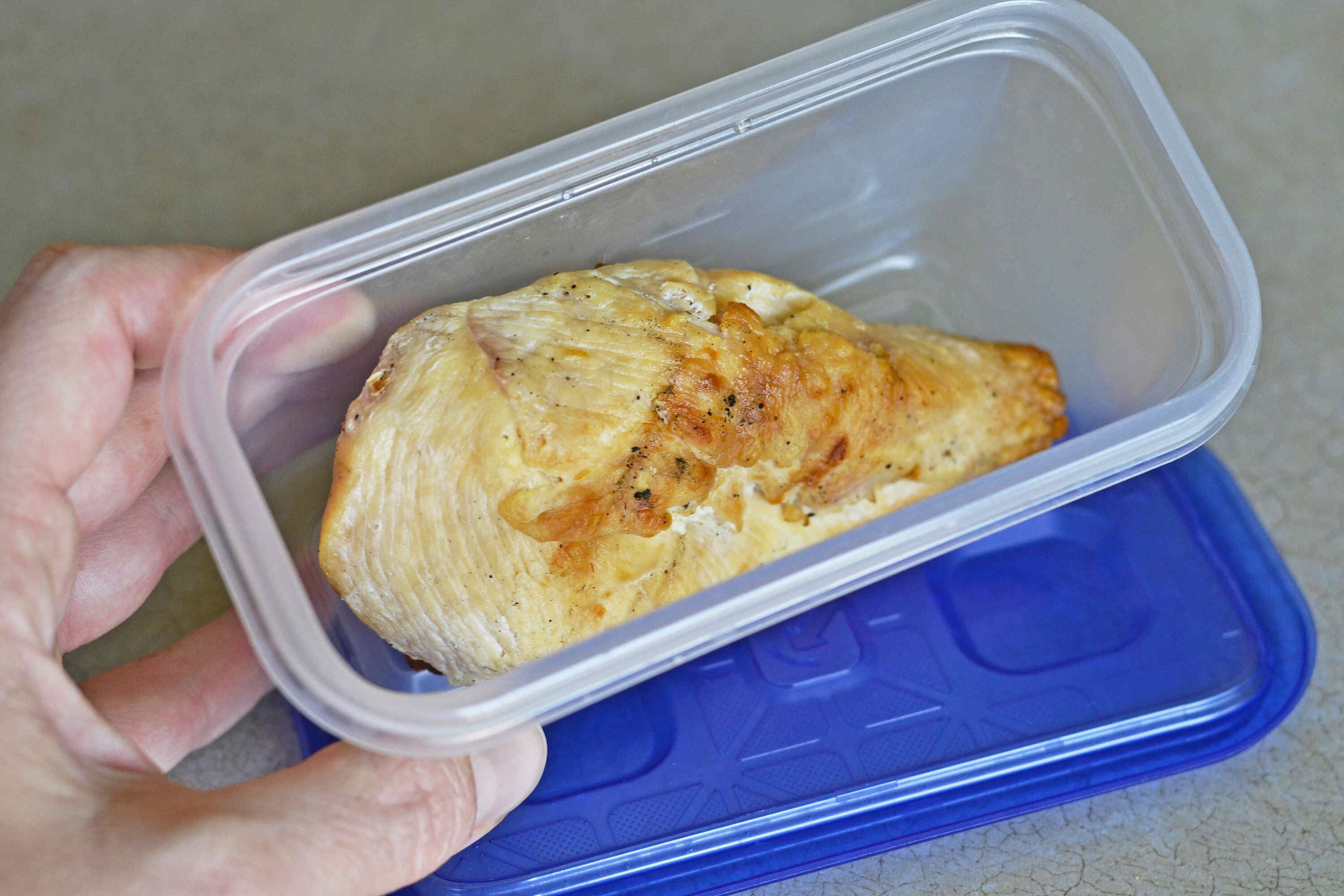

Articles
How To Store Cooked Chicken Breast
Modified: February 22, 2024
Learn the best methods for storing cooked chicken breast in this informative article. Find out how to keep it fresh and delicious for longer periods.
(Many of the links in this article redirect to a specific reviewed product. Your purchase of these products through affiliate links helps to generate commission for Storables.com, at no extra cost. Learn more)
Introduction
Storing cooked chicken breast properly is essential to maintain its freshness and ensure its safety for future consumption. Whether you have leftovers from a home-cooked meal or have prepared a batch of chicken breast in advance for meal prep, knowing the correct methods for storage is crucial. In this article, we will explore the reasons why you should store cooked chicken breast, important factors to consider, recommended storage containers, step-by-step instructions on how to store cooked chicken breast, tips for proper storage, how to reheat stored cooked chicken breast, safety guidelines, and the shelf life of cooked chicken breast.
When it comes to leftovers, cooked chicken breast is a versatile and convenient option to have on hand. It can be used in sandwiches, salads, wraps, stir-fries, and various other dishes. However, improper storage can lead to bacteria growth and foodborne illnesses. By following the proper storage methods, you can ensure that your cooked chicken breast remains delicious, safe to eat, and free from contamination.
There are several important factors to consider when storing cooked chicken breast. One of the primary concerns is temperature. Cooked chicken breast should be refrigerated promptly to prevent bacterial growth. The ideal temperature for refrigerator storage is between 35°F and 40°F (1.7°C and 4.4°C). Additionally, it is crucial to store cooked chicken breast in airtight containers to minimize exposure to air, which can cause it to dry out and potentially spoil.
The choice of storage containers also plays a significant role in maintaining the quality and freshness of cooked chicken breast. Using sealable plastic containers, glass containers with airtight lids, or resealable freezer bags are all suitable options. These containers help to keep the chicken breast protected from cross-contamination and preserve its texture and flavor.
Now that we have covered the importance of storing cooked chicken breast properly and the factors to consider, let’s dive into a step-by-step guide on how to store it effectively.
Key Takeaways:
- Properly storing cooked chicken breast is essential for maintaining freshness, flavor, and safety. Use airtight containers, refrigerate promptly, and follow recommended storage and reheating methods to enjoy delicious, safe meals.
- Storing cooked chicken breast reduces food waste, saves time, and provides a versatile ingredient for various recipes. Follow safety guidelines, proper hygiene, and storage timeframes to enjoy delicious, nutritious meals with confidence.
Read more: How To Store Chicken Breast
Why You Should Store Cooked Chicken Breast
Storing cooked chicken breast is not only a matter of convenience but also essential for maintaining its safety and preventing food waste. Here are a few reasons why you should store cooked chicken breast:
- Prolonged Freshness: Cooked chicken breast can be safely stored in the refrigerator for up to four days. By properly storing it, you can extend its freshness and enjoy it in various recipes throughout the week.
- Meal Planning and Time-Saving: Storing cooked chicken breast allows for efficient meal planning and meal prep. By having it readily available, you can save time and effort when preparing quick and healthy meals. You can add it to salads, sandwiches, wraps, or use it as a protein source in stir-fries or pasta dishes.
- Minimize Food Waste: Storing leftovers is an excellent strategy to reduce food waste. Instead of letting cooked chicken breast go to waste, you can store it properly and use it in future meals. This helps to minimize your impact on the environment and saves money by making the most of your ingredients.
- Versatility in Recipes: Cooked chicken breast is a versatile ingredient that can be used in numerous recipes. Having it stored and readily available opens up a world of possibilities in the kitchen. From soups and casseroles to tacos and sushi rolls, you can get creative and whip up delicious meals with minimal effort.
- Emergency Preparedness: Keeping cooked chicken breast in the refrigerator or freezer ensures that you have a reliable source of protein in case of unexpected events or emergencies. It provides peace of mind knowing that you have nutritious food available when you may not have access to fresh ingredients.
Storing cooked chicken breast is not only practical but also a smart choice. By utilizing proper storage methods, you can reduce food waste, save time in the kitchen, and have a versatile ingredient at your fingertips. In the next section, we will explore the important factors to consider when storing cooked chicken breast.
Important Factors to Consider
When it comes to storing cooked chicken breast, there are several important factors to consider to ensure its safety and quality. By keeping these factors in mind, you can maintain the freshness and taste of your stored chicken breast. Here are some key factors to consider:
- Temperature: Cooked chicken breast should be promptly refrigerated to prevent the growth of harmful bacteria. It is essential to store it at a temperature below 40°F (4.4°C) to inhibit bacterial growth and maintain food safety. Refrigerating the chicken breast within two hours of cooking is highly recommended.
- Airtight Containers: Storing cooked chicken breast in airtight containers is crucial for maintaining its texture and flavor. This prevents the chicken from drying out and helps to prevent cross-contamination with other foods in the refrigerator. Sealable plastic containers, glass containers with airtight lids, or resealable freezer bags are all suitable options for storing cooked chicken breast.
- Proper Labeling: Labeling the containers with the date of storage is essential for tracking the freshness of stored cooked chicken breast. It enables you to know when it was stored and helps ensure you consume it within a safe timeline.
- Fridge Placement: It is advisable to store cooked chicken breast in the coldest part of the refrigerator, usually the back or the bottom shelf. This helps maintain a consistent temperature and minimizes the risk of temperature fluctuations that can affect the safety and quality of the chicken breast.
- Avoid Overcrowding: Proper air circulation is crucial for maintaining the quality of stored cooked chicken breast. Avoid overcrowding the refrigerator or storage area to allow for proper airflow. This helps in maintaining the chicken breast’s optimal temperature and prevents the accumulation of moisture, which can lead to spoilage.
- Safe Timeframe: Cooked chicken breast can be safely stored in the refrigerator for up to four days. Beyond that, the risk of bacterial growth increases significantly. If you anticipate not consuming the chicken breast within four days, it’s best to freeze it for longer-term storage.
By considering these important factors, you can ensure the safety, freshness, and quality of your stored cooked chicken breast. In the next section, we will discuss some recommended storage containers that are suitable for storing cooked chicken breast.
Recommended Storage Containers
Choosing the right storage containers for your cooked chicken breast is essential to maintain its quality and prevent cross-contamination. Here are some recommended storage containers that work well for storing cooked chicken breast:
- Sealable Plastic Containers: These containers come in various sizes and are great for storing cooked chicken breast. Look for containers with airtight lids to keep the chicken breast fresh and prevent any odors from permeating.
- Glass Containers with Airtight Lids: Glass containers are a popular choice for food storage due to their durability and non-reactive properties. Look for containers with airtight lids to ensure maximum freshness and protection from air exposure.
- Resealable Freezer Bags: Freezer bags are a convenient option for storing cooked chicken breast, especially if you have limited space. Ensure that the bag is specifically designed for freezer storage and has a sturdy seal to prevent any leakage or freezer burn.
- Food Storage Wraps: Cling wraps or aluminum foil can be used to wrap individual portions of cooked chicken breast. These are suitable for short-term storage and can be easily stacked in the refrigerator or freezer.
- Reusable Silicone Bags: Environmentally-friendly silicone bags are becoming increasingly popular as a sustainable alternative to single-use plastic bags. These bags are durable, easy to clean, and can be used for storing cooked chicken breast.
When selecting storage containers, make sure they are clean and free from any lingering odors or residues. It’s also important to choose containers that are appropriate for the amount of cooked chicken breast you plan to store, ensuring there is enough space for proper airflow.
Remember to label the containers with the date of storage to keep track of the freshness of the chicken breast. This helps to ensure that you consume it within a safe timeframe and avoid any risk of spoilage. Now that we have covered the recommended storage containers, let’s move on to the step-by-step guide on how to store cooked chicken breast properly.
Step-by-Step Guide on How to Store Cooked Chicken Breast
Properly storing cooked chicken breast is vital to maintain its freshness and safety. Follow these simple steps to store cooked chicken breast effectively:
- Cool the Chicken Breast: Allow the cooked chicken breast to cool down to room temperature before storing it. Placing hot or warm chicken breast directly in the refrigerator can raise its internal temperature, leading to bacterial growth.
- Divide into Portions: If you have a large amount of cooked chicken breast, consider dividing it into individual or meal-sized portions. This will make it easier to grab the desired amount without exposing the entire batch to air and unnecessary handling.
- Choose the Right Container: Select a suitable storage container from the recommended options mentioned earlier, such as sealable plastic containers, glass containers with airtight lids, or resealable freezer bags.
- Place the Chicken Breast in the Container: Place the cooked chicken breast into the chosen container, making sure to leave some space at the top to allow for expansion if you plan to freeze it. For plastic or glass containers, ensure the lid is tightly sealed.
- Date and Label the Container: Label the container with the date of storage to keep track of its freshness. If you have divided the chicken breast into individual portions, consider labeling each portion with the date as well.
- Refrigerate or Freeze: If you plan to consume the cooked chicken breast within the next four days, store it in the refrigerator. Place the container in the coldest part of the refrigerator and avoid overcrowding to maintain proper airflow. If you want to store it beyond four days, it is recommended to freeze it for longer-term storage.
- Store in the Freezer (Optional): If you choose to freeze the cooked chicken breast, ensure it is wrapped tightly or stored in a freezer bag to prevent freezer burn. Label the container or bag with the date of storage and consume it within three to four months for the best quality.
By following these steps, you can effectively store your cooked chicken breast, whether in the refrigerator for short-term storage or in the freezer for longer-term storage. Proper storage techniques help to maintain the chicken breast’s taste, texture, and safety. In the next section, we will provide some additional tips for properly storing cooked chicken breast.
Store cooked chicken breast in an airtight container or resealable plastic bag in the refrigerator for up to 4 days. For longer storage, freeze in a freezer-safe container for up to 3 months.
Read more: How To Store Chicken Breast In Fridge
Tips for Properly Storing Cooked Chicken Breast
Proper storage of cooked chicken breast is vital to maintain its quality and safety. Here are some helpful tips to ensure you store it properly:
- Don’t Leave Chicken Breast at Room Temperature: It is crucial to refrigerate or freeze cooked chicken breast within two hours of cooking. Leaving it at room temperature for an extended period can lead to bacterial growth and increase the risk of foodborne illnesses.
- Remove Bones and Skin: If your cooked chicken breast has bones or skin, it is recommended to remove them before storing. This not only helps to save space in the container but also reduces the risk of moisture retention, which can lead to spoilage.
- Wrap Properly for Freezing: If you plan to freeze the chicken breast, ensure it is tightly wrapped or stored in airtight freezer bags. This prevents freezer burn and maintains its quality for longer periods. Removing excess air from freezer bags will also help prevent ice crystals from forming.
- Cook Chicken Breast Thoroughly: Properly cook chicken breast to an internal temperature of 165°F (74°C) to ensure it is safe to consume. Undercooked chicken breast can pose health risks, even when stored properly.
- Separate Raw and Cooked Chicken: When storing cooked chicken breast, be careful to keep it separated from raw chicken or other raw meats. This prevents cross-contamination and reduces the risk of foodborne illnesses.
- Avoid Repeated Freezing and Thawing: It is best to only thaw frozen cooked chicken breast once. Repeated freezing and thawing can affect its texture and quality. If you have a large batch, consider dividing it into smaller portions before freezing to reduce the need for thawing the entire batch.
- Use Transparent Containers: Storing cooked chicken breast in transparent containers makes it easier to identify and prevents the need to open multiple containers to find what you need. This helps to minimize air exposure and maintain the overall freshness of the stored chicken breast.
- Regularly Check for Spoilage: It is important to inspect the cooked chicken breast for any signs of spoilage, such as an off odor, slime, or unusual texture. If you notice any of these signs, discard the chicken breast immediately to avoid any potential health risks.
By following these tips, you can ensure that your cooked chicken breast remains fresh, safe to eat, and enjoyable for an extended period. Proper storage techniques are crucial in maintaining the quality of the chicken breast and reducing the risk of foodborne illnesses. In the next section, we will discuss how to reheat stored cooked chicken breast.
How to Reheat Stored Cooked Chicken Breast
Reheating stored cooked chicken breast properly is essential to maintain its flavor, texture, and safety. Here are some guidelines for reheating your stored cooked chicken breast:
- Option 1: Oven: Preheat the oven to 350°F (175°C). Place the chicken breast in an oven-safe dish and cover it with foil to prevent it from drying out. Heat the chicken breast for about 15-20 minutes or until it reaches an internal temperature of 165°F (74°C). This method helps to retain moisture and restore the chicken breast’s tenderness.
- Option 2: Stovetop: Heat a skillet or frying pan over medium heat. Add a small amount of oil or cooking spray to prevent sticking. Place the chicken breast in the pan and cook for 2-3 minutes on each side or until heated through. This method provides a quick and convenient way to warm up the chicken breast.
- Option 3: Microwave: If you’re short on time, the microwave can be used to reheat cooked chicken breast. Place the chicken breast on a microwave-safe plate and cover it with a microwave-safe lid or microwave-safe plastic wrap to retain moisture. Heat the chicken breast in 30-second intervals, checking the temperature after each interval until it reaches 165°F (74°C) throughout. Be cautious not to overcook the chicken breast, as it can become dry in the microwave.
- Option 4: Grilling: If you prefer a charred and slightly smoky flavor, you can reheat the cooked chicken breast on the grill. Preheat the grill to medium heat and brush the chicken breast with a little oil to prevent sticking. Grill the chicken breast for 3-5 minutes on each side or until heated through. This method provides a delicious and grilled flavor to the reheated chicken breast.
Regardless of the reheating method you choose, always use a food thermometer to ensure that the chicken breast reaches an internal temperature of 165°F (74°C) to guarantee its safety. Avoid reheating the chicken breast multiple times, as this can affect its quality and increase the risk of foodborne illnesses.
Once the stored cooked chicken breast is properly reheated, you can use it in various recipes or enjoy it as a standalone protein source. Now that you know how to reheat your stored cooked chicken breast, let’s move on to discussing the safety guidelines and shelf life of cooked chicken breast.
Safety and Shelf Life Guidelines
Ensuring the safety and shelf life of stored cooked chicken breast is essential to protect against foodborne illnesses. Here are important guidelines to follow:
- Storage Time: Cooked chicken breast can be safely stored in the refrigerator for up to four days. If you don’t plan on consuming it within that timeframe, it is recommended to freeze it for longer-term storage.
- Freezing: When properly stored in an airtight container or freezer bag, cooked chicken breast can be frozen for up to three to four months without significantly compromising its quality. However, it’s best to consume it within this timeframe for optimal taste and texture.
- Defrosting: If you have frozen cooked chicken breast, thaw it in the refrigerator overnight before reheating. Avoid thawing at room temperature, as this can promote bacterial growth. Thawed chicken breast should be consumed within two days.
- Smell and Visual Check: Before consuming stored cooked chicken breast, perform a sensory inspection. If it exhibits an off odor, unusual texture, or any signs of mold or spoilage, discard it immediately, as this could indicate bacterial contamination.
- Temperature Check: Always use a food thermometer to ensure the internal temperature of reheated chicken breast reaches 165°F (74°C) to eliminate any potential bacteria and ensure its safety.
- Avoid Cross-Contamination: Be cautious to prevent cross-contamination when storing cooked chicken breast. Keep it separated from raw meats and other perishable foods in the refrigerator to avoid the transfer of bacteria.
- Proper Hygiene: Wash your hands thoroughly with soap and warm water before handling cooked chicken breast to prevent the spread of bacteria. Additionally, ensure that all utensils, cutting boards, and surfaces used during the preparation and storage of the chicken are properly cleaned and sanitized.
- Consume Within Safe Timeframe: To ensure optimal taste and quality, it is recommended to consume stored cooked chicken breast within four days if refrigerated or within the specified timeframe if frozen. Beyond these periods, the chicken breast may lose its flavor and texture, and the risk of bacterial contamination increases.
By following these safety and shelf life guidelines, you can enjoy stored cooked chicken breast safely and confidently. Proper storage, thawing, reheating, and adherence to hygiene practices are essential in preventing foodborne illnesses and maintaining the quality of the chicken breast. Now, let’s conclude our discussion on storing cooked chicken breast.
Conclusion
Properly storing cooked chicken breast is crucial for maintaining its freshness, flavor, and safety. By following the guidelines and tips mentioned in this article, you can confidently store and enjoy your cooked chicken breast without compromising its quality. Remember the following key points:
- Store cooked chicken breast in airtight containers, such as sealable plastic containers or glass containers with airtight lids, to prevent moisture loss and cross-contamination.
- Refrigerate cooked chicken breast promptly, maintaining a temperature below 40°F (4.4°C), to inhibit bacterial growth.
- If not consuming within four days, consider freezing cooked chicken breast for longer-term storage, using proper wrapping techniques to prevent freezer burn.
- Thaw frozen cooked chicken breast safely in the refrigerator overnight before reheating.
- Reheat stored cooked chicken breast using methods like the oven, stovetop, microwave, or grill, ensuring it reaches an internal temperature of 165°F (74°C) for safety.
- Regularly check for signs of spoilage, such as an off odor or unusual texture, and discard any chicken breast exhibiting these signs.
- Adhere to proper hygiene practices, such as washing hands and sanitizing utensils, to prevent bacterial contamination.
- Consume stored cooked chicken breast within the recommended timeframes for optimal quality and safety.
By implementing these guidelines, you can safely store and enjoy cooked chicken breast, whether for meal planning, convenience, or reducing food waste. Proper storage techniques ensure that your chicken breast remains delicious, nutritious, and ready to use in various recipes. Remember that these guidelines should be followed as part of good food safety practices to minimize the risk of foodborne illnesses.
Now, armed with the knowledge of how to store, reheat, and maintain the safety and freshness of cooked chicken breast, you can confidently incorporate it into your culinary repertoire. So, go ahead and put these tips into practice, making the most of your cooked chicken breast leftovers or meal prepped batches.
Frequently Asked Questions about How To Store Cooked Chicken Breast
Was this page helpful?
At Storables.com, we guarantee accurate and reliable information. Our content, validated by Expert Board Contributors, is crafted following stringent Editorial Policies. We're committed to providing you with well-researched, expert-backed insights for all your informational needs.
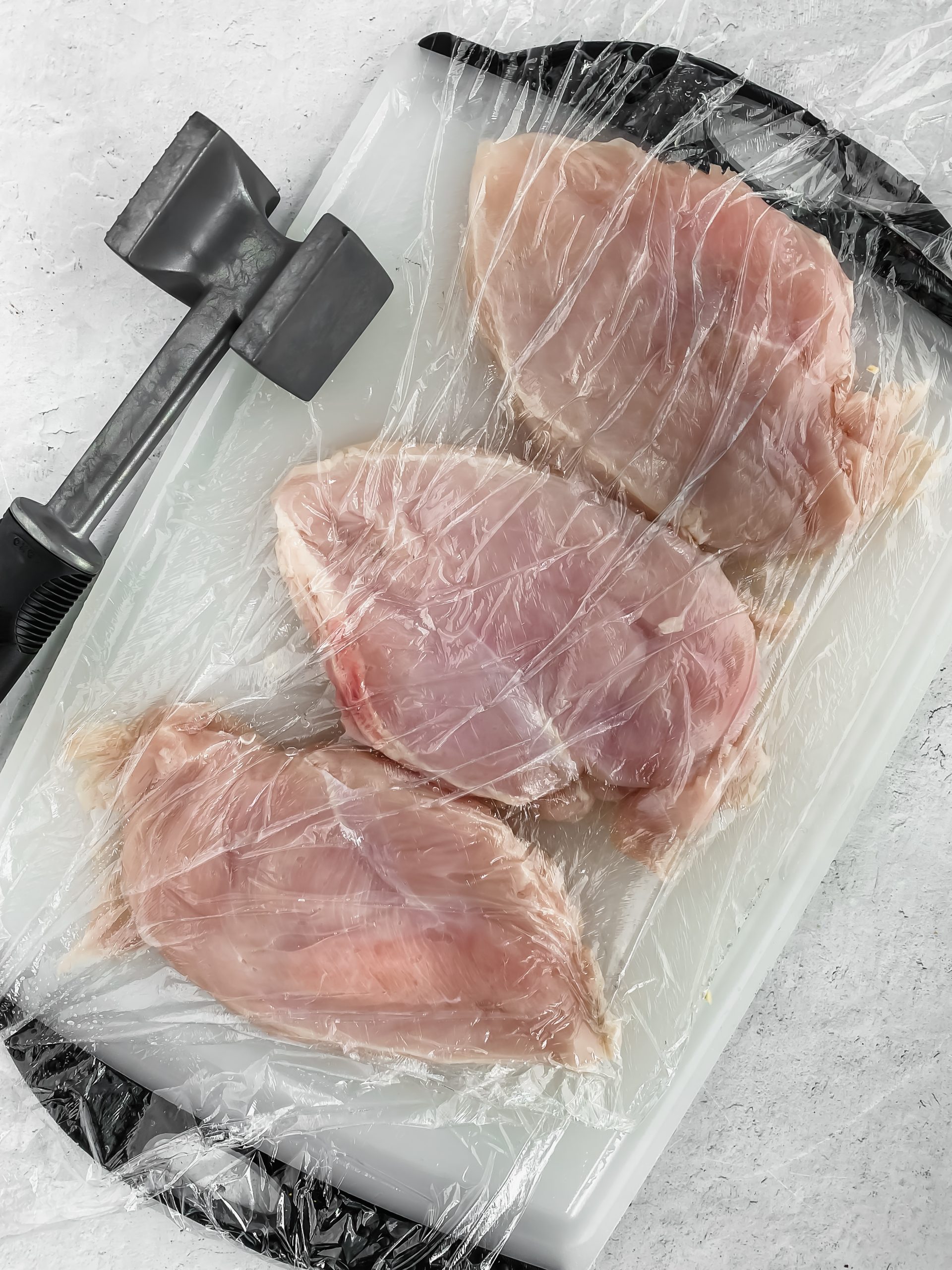
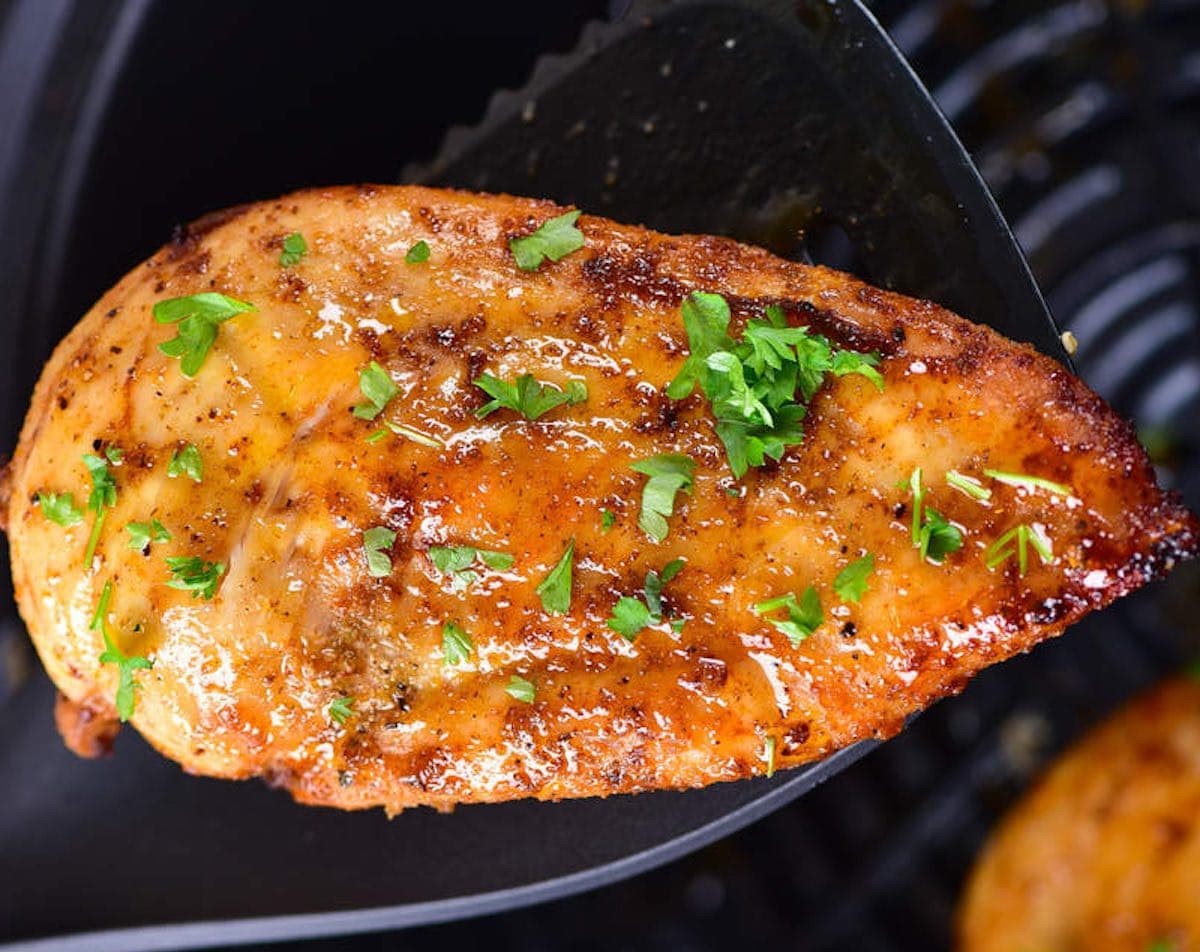
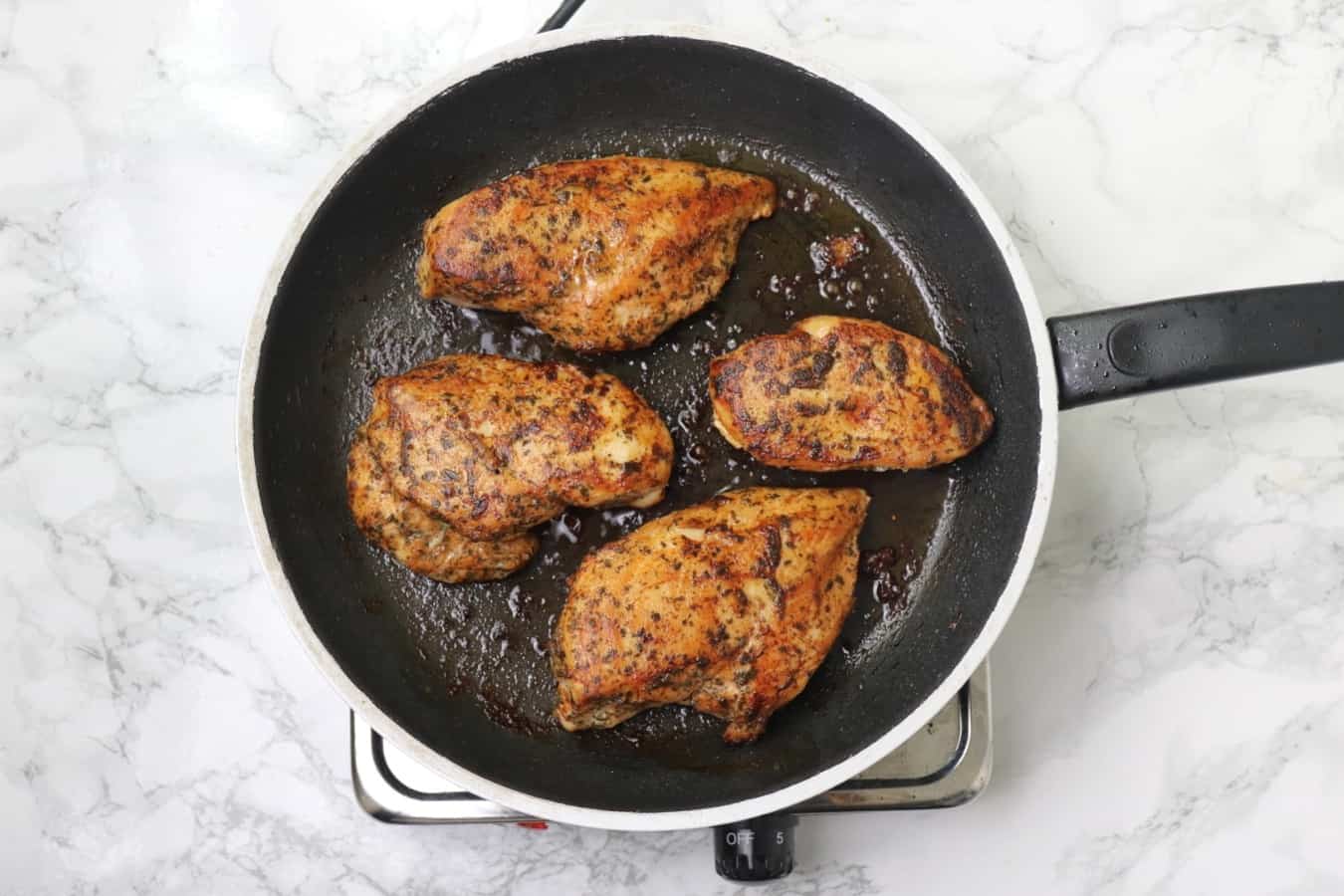
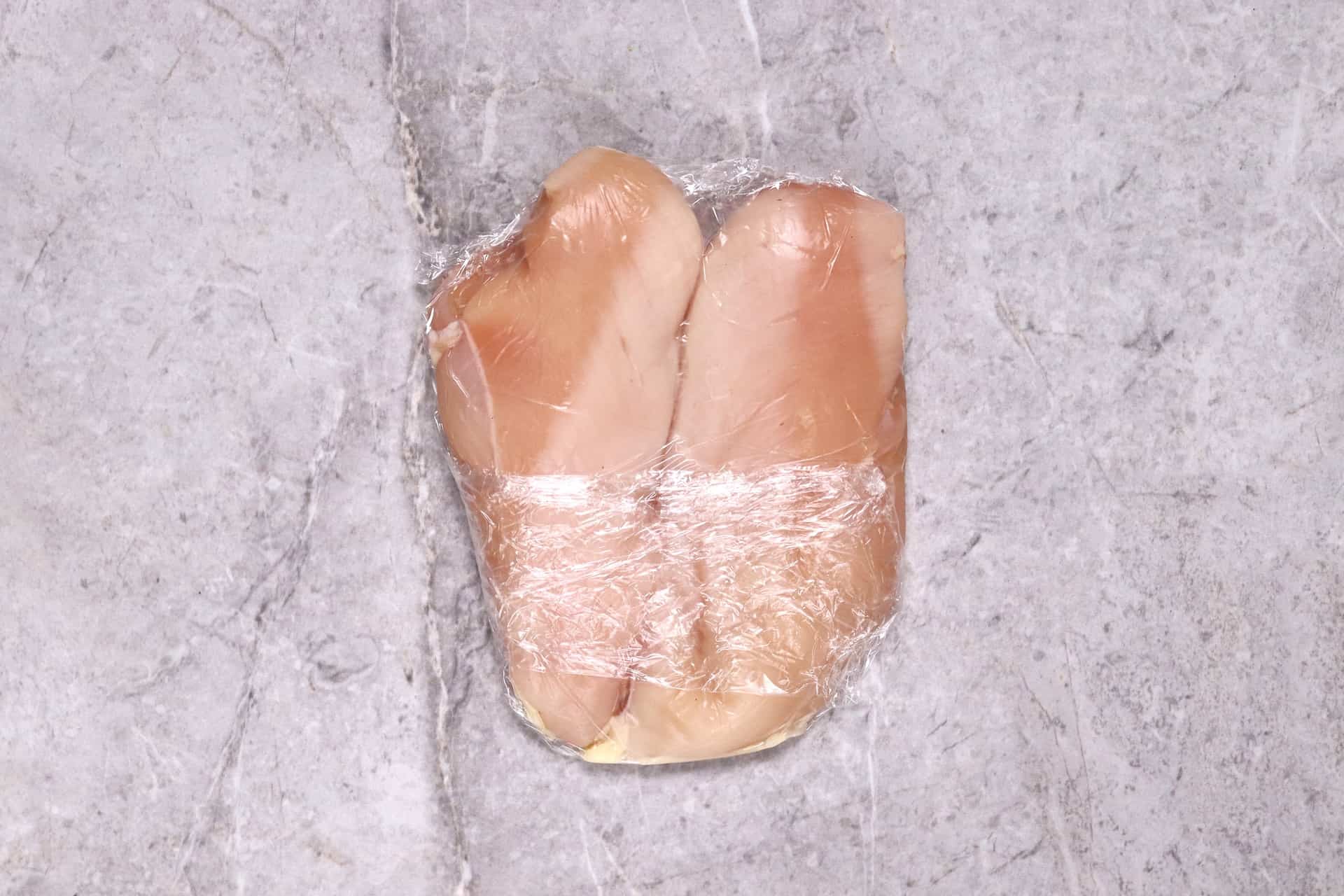
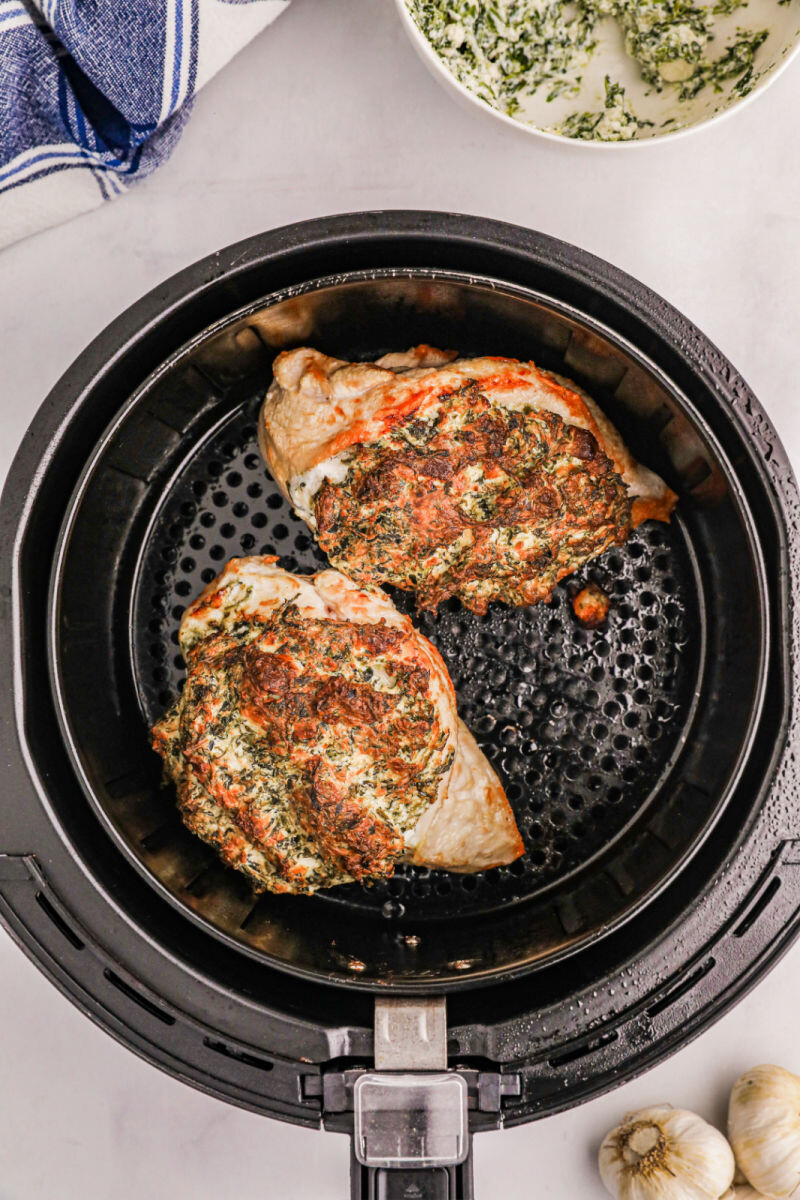
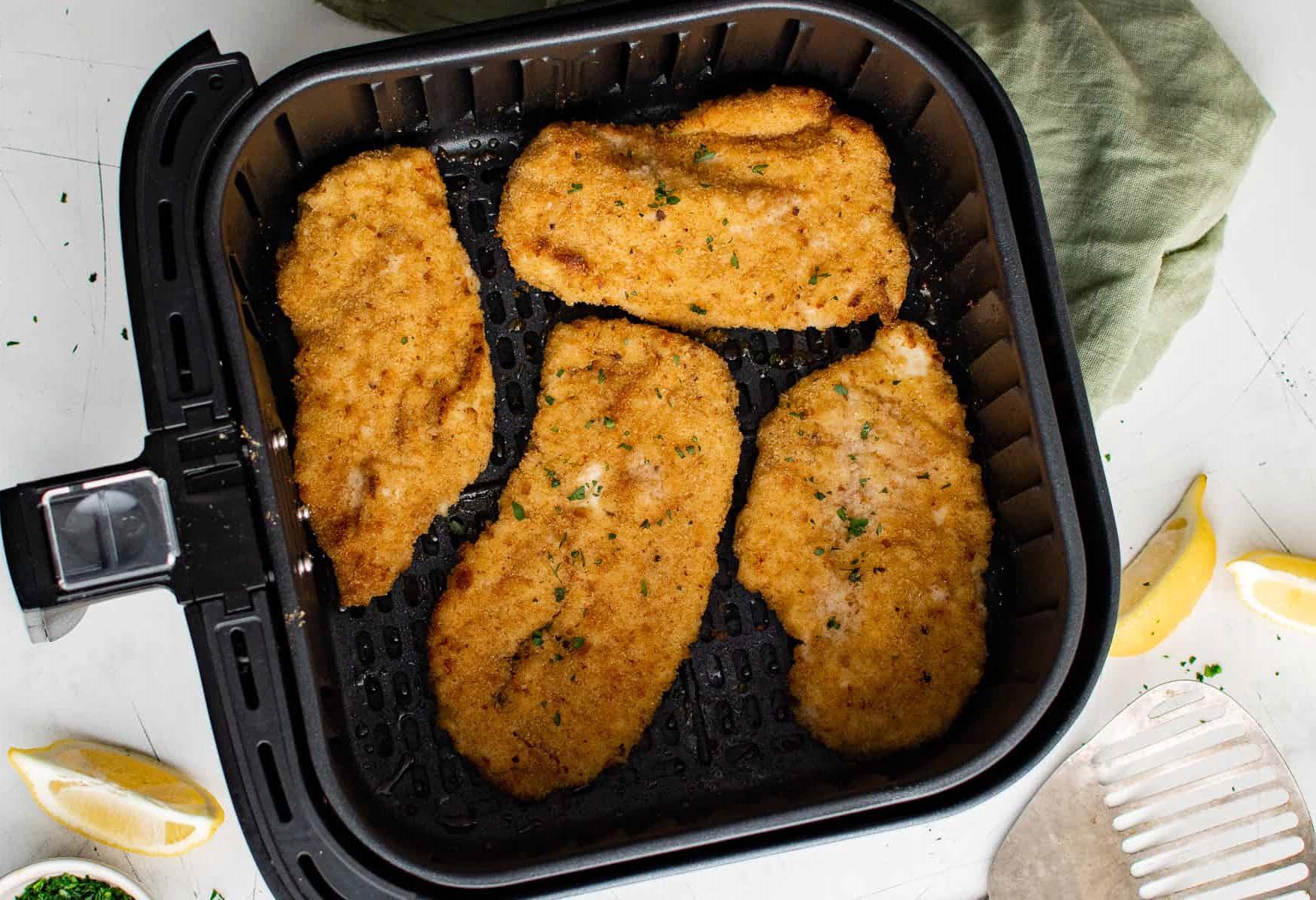
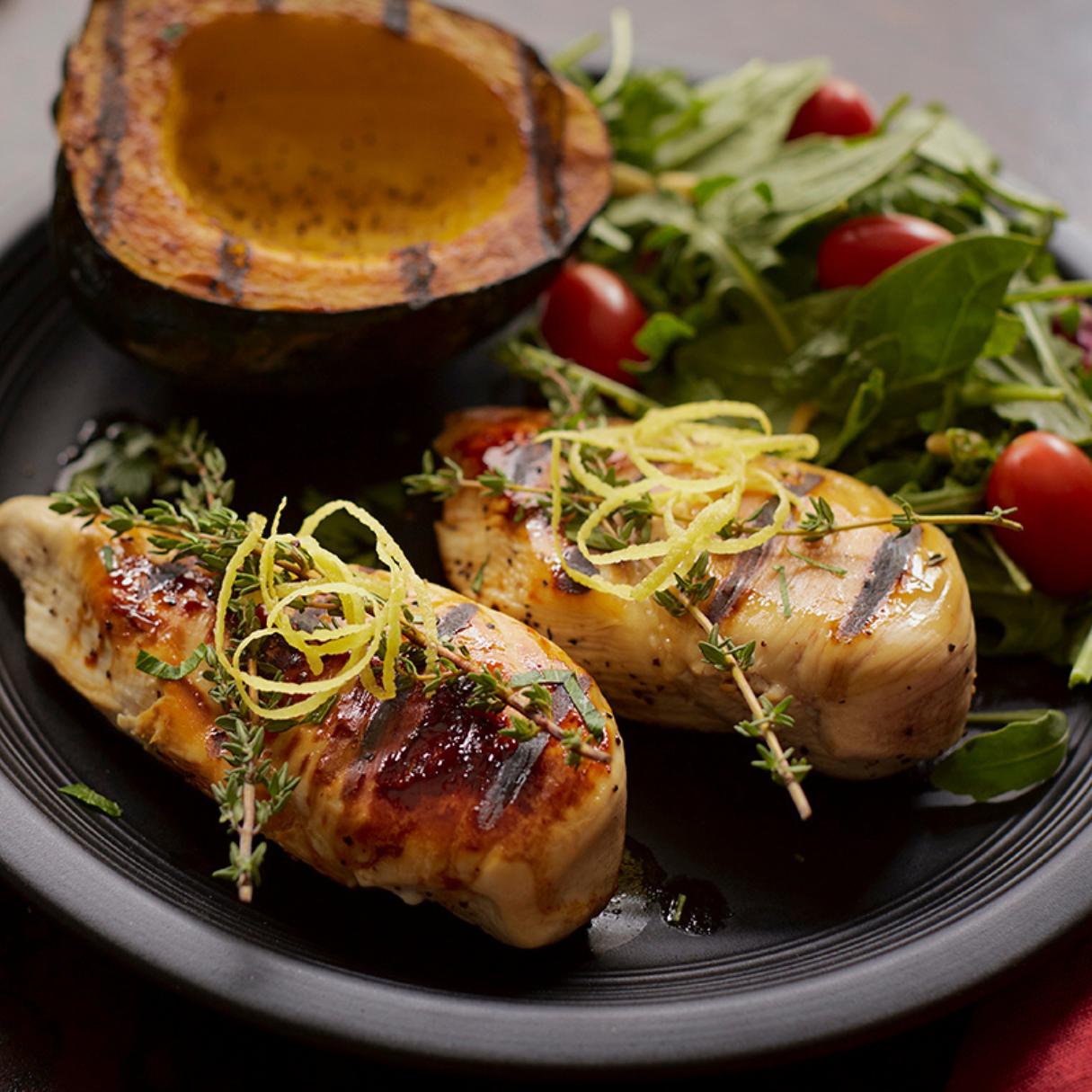
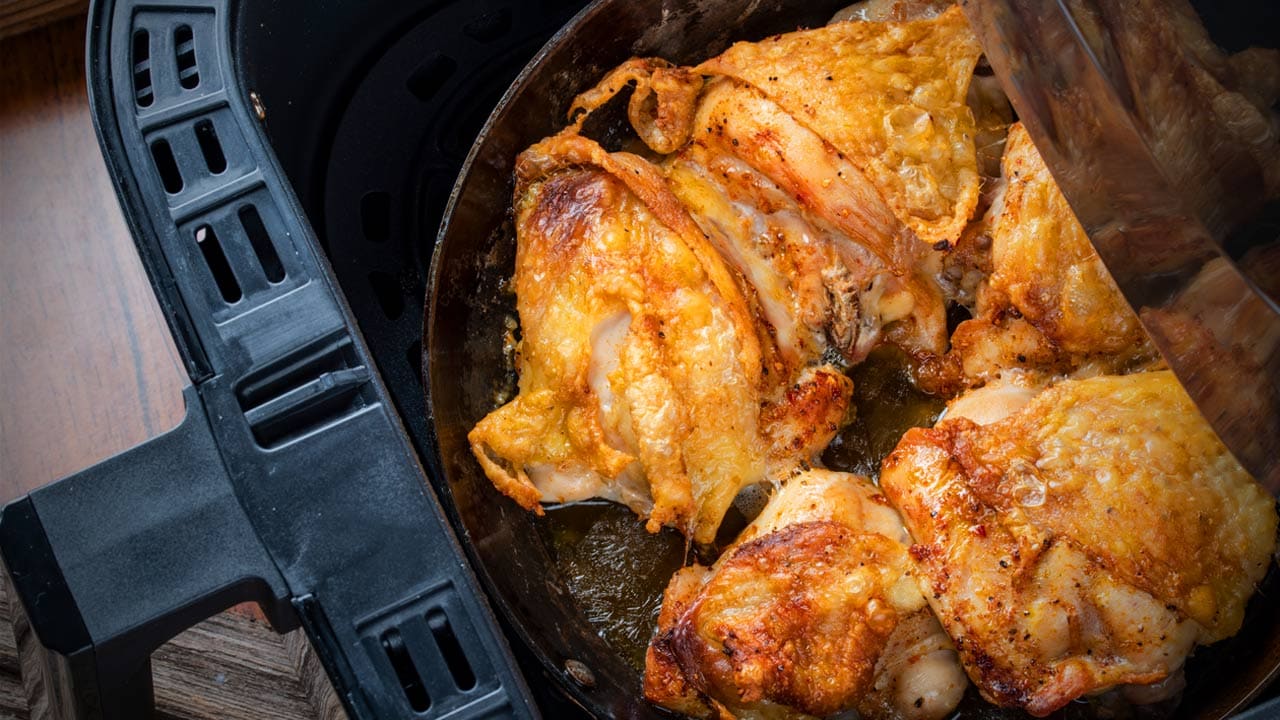
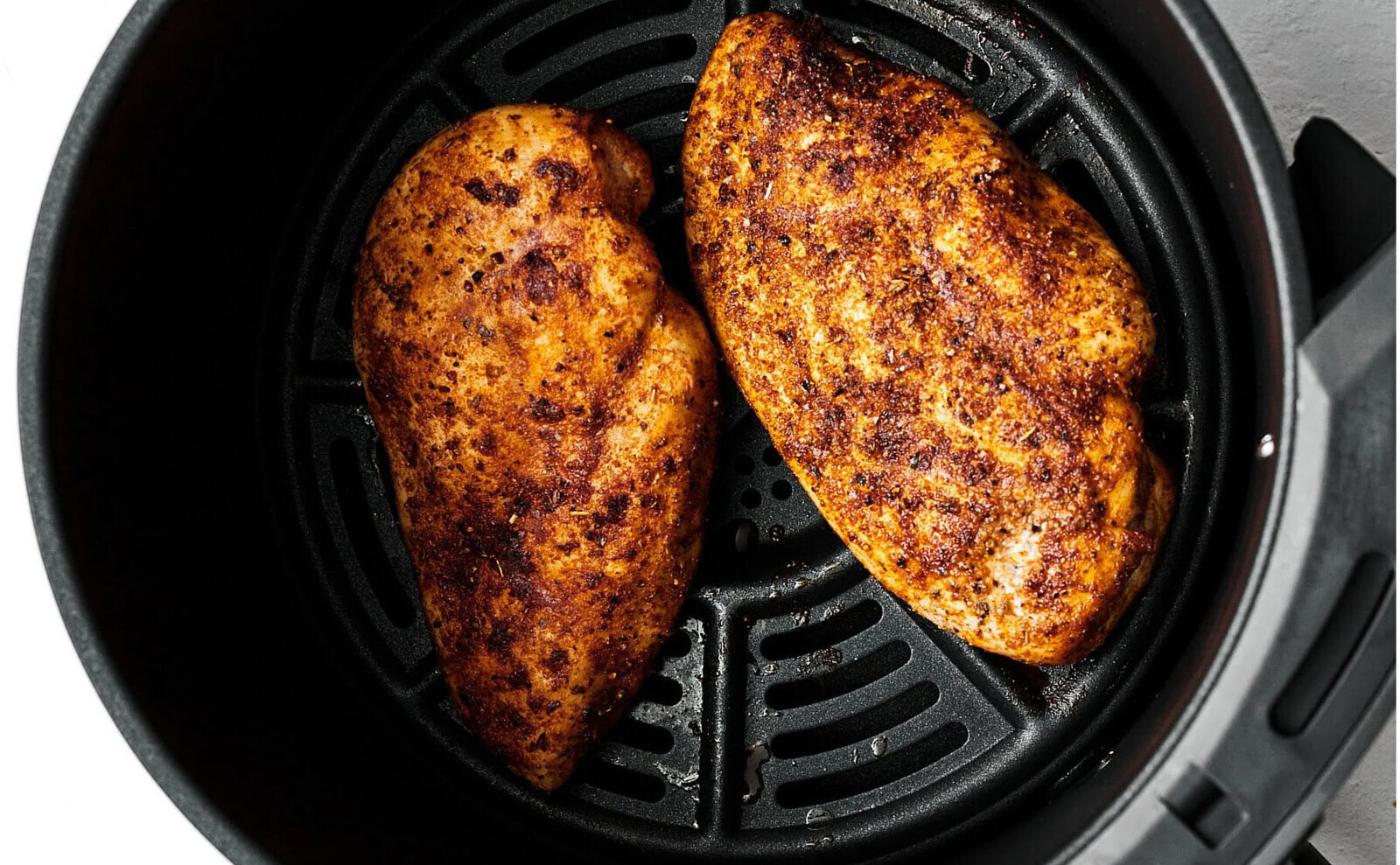
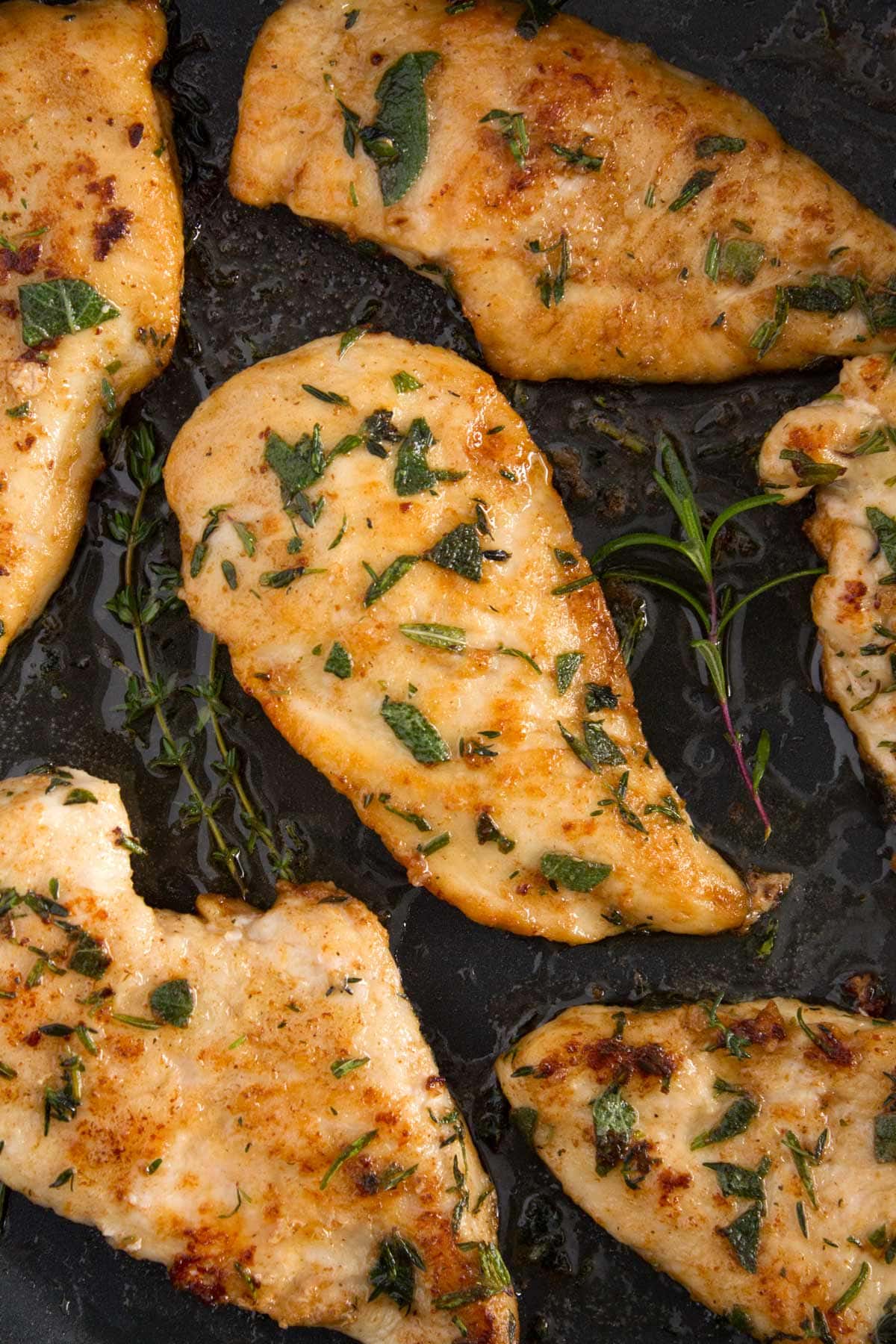
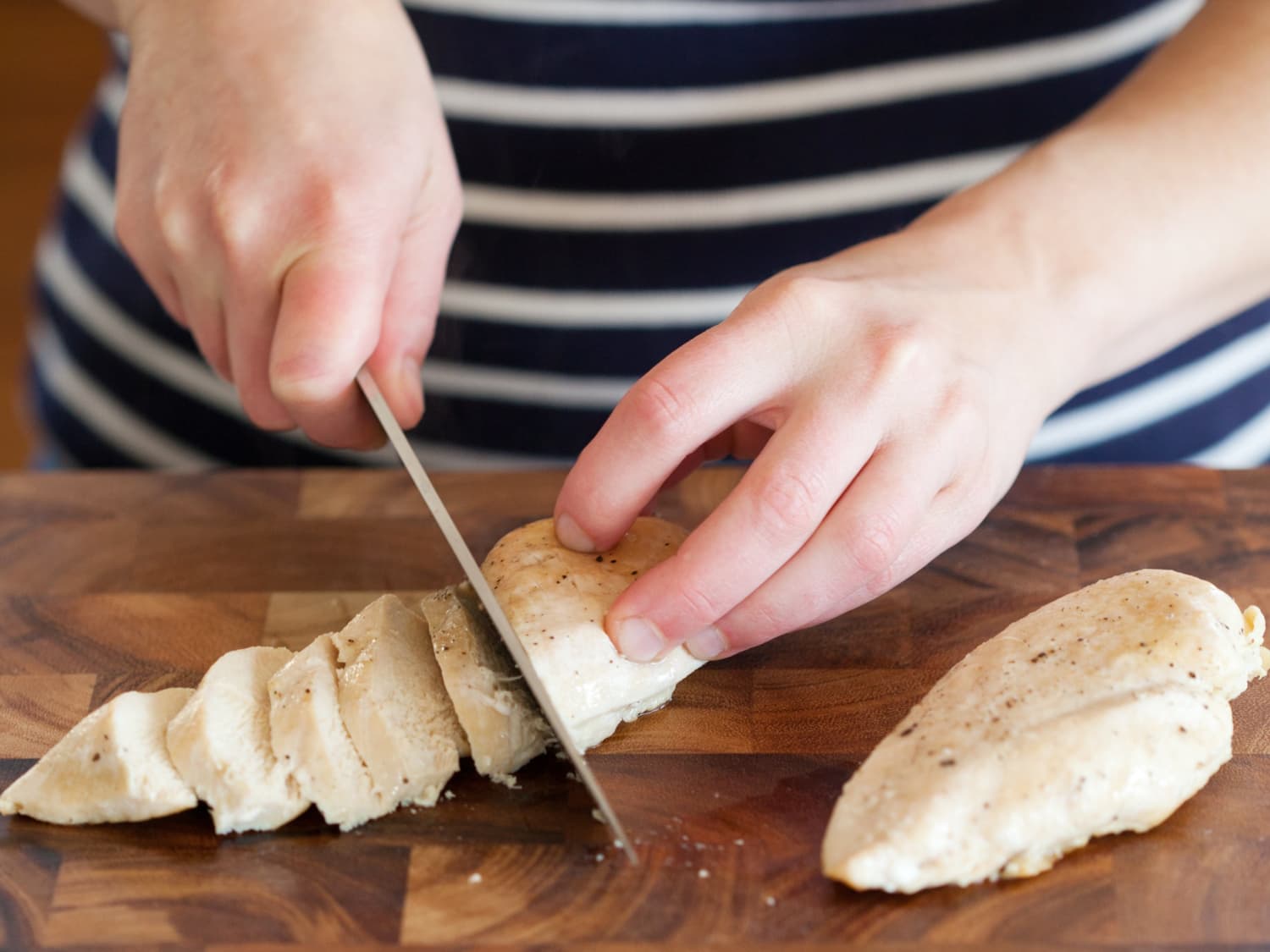
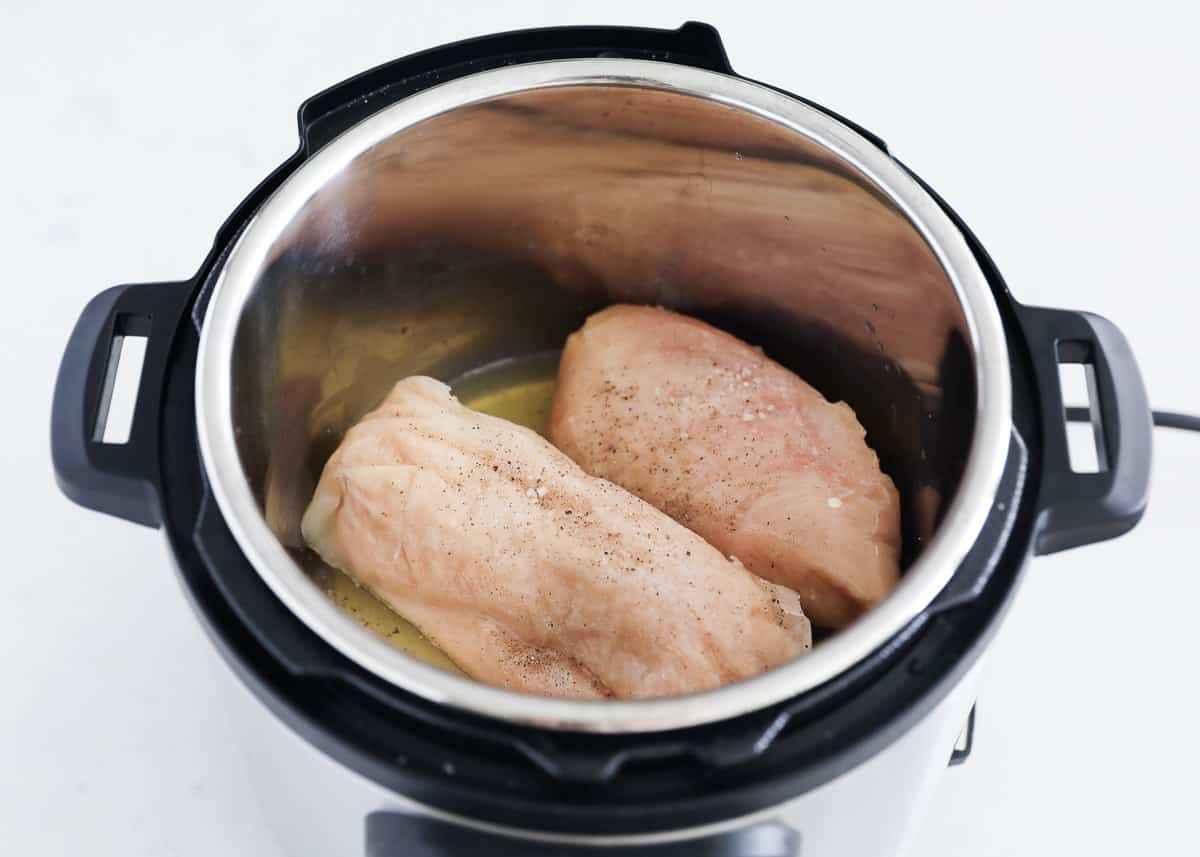
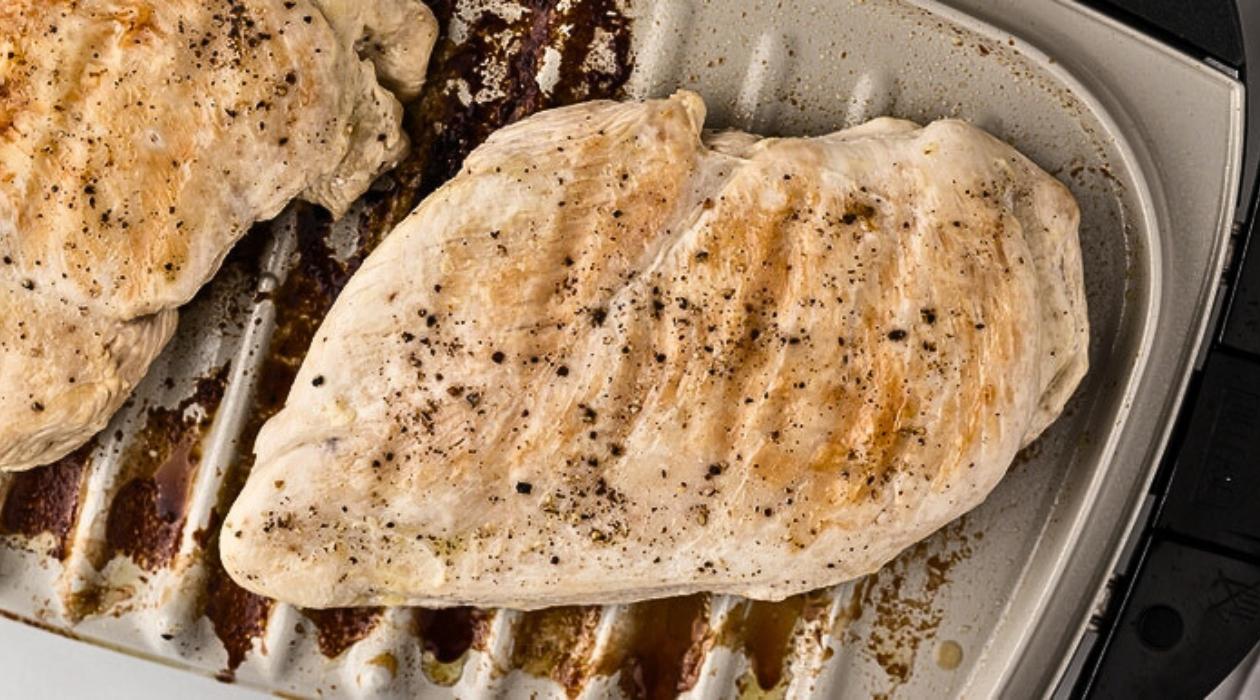
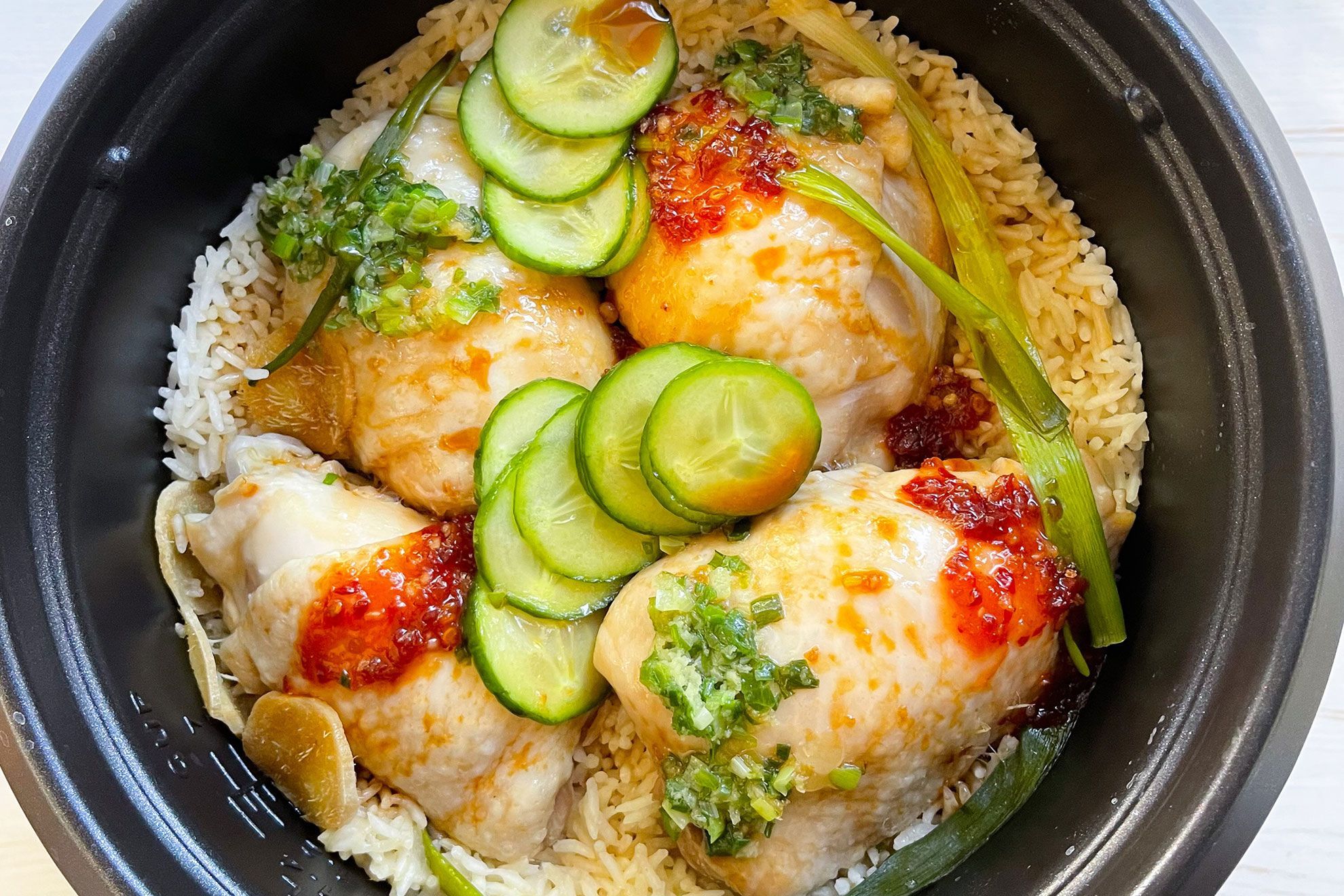

0 thoughts on “How To Store Cooked Chicken Breast”